Geochemists realized this by in-depth studying the structure of carbonaceous chondrites
Two unique meteorites with a high metal content were studied by specialists from the Institute of Geochemistry and Analytical Chemistry named after. IN AND. Vernadsky RAS (GEOKHI) together with researchers from the University of Hawaii (USA). It was concluded that both are products of the collision of “embryos” two planets at the dawn of the formation of the solar system. The research results were published in the international journal Meteoritics & Planetary Science.
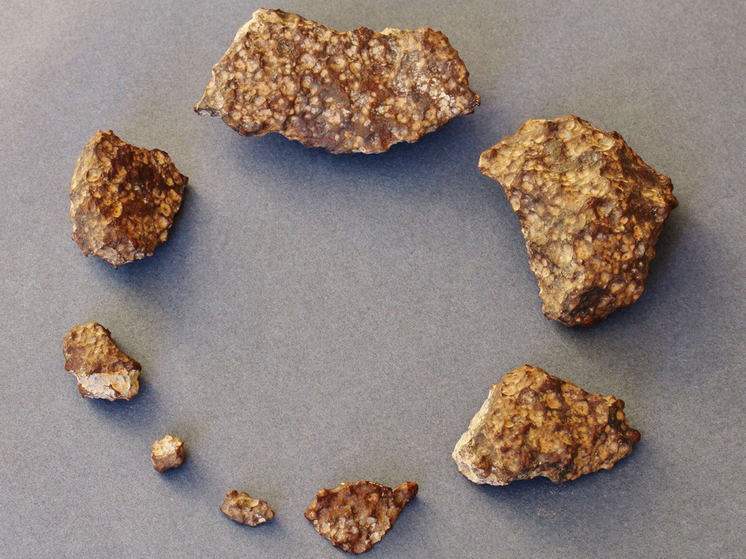 Fragments of the Sierra Gorda 13 meteorite. Photo: Timur Kryachko
Fragments of the Sierra Gorda 13 meteorite. Photo: Timur Kryachko
As reported by «MK» at GEOKHI RAS, we are talking about Sierra Gorda 013 – an 804-gram meteorite found in Chile in 2018, and a 60-gram Fountain Hills from Arizona, found in 2002.
Both were determined to be different from the classic and most common chondrite group meteorites.
Chondrites are rocky meteorites containing chondrules — spherical formations of predominantly silicate composition. Most chondrules do not exceed 1 mm in diameter, but some reach several millimeters. Chondrules are found in a clastic or finely crystalline matrix. The composition of chondrites almost completely replicates the chemical composition of the Sun, so it is believed that they formed directly from the protoplanetary cloud that surrounded and surrounds the Sun. The average age of such meteorites – 4.5 billion years.
Classical chondrites were formed as a result of slow accretion in space — an increase in the mass of a celestial body through gravitational attraction. The two meteorites found were very similar to the carbonaceous chondrites of the cassus SV, that is, formed as a result of a violent collision of two protoplanets at the dawn of the formation of the Solar system. They are usually distinguished by the absence of a matrix into which the chondrule spheres seem to be imprinted, and there is a lot of metal. If ordinary chondrites contain up to 20 percent of the volume, then Sierra Gorda 013 contained 80 percent of the metal, and in Fountain Hills — 25 percent.
– But within the NE group itself, our two meteorites also turned out to be anomalous, – explains leading researcher at the Laboratory of Meteoritics and Cosmochemistry of the Geochemical Institute of the Russian Academy of Sciences, Doctor of Geological and Mineralogical Sciences Marina IVANOVA. – It turned out that in the absence of a matrix, which indicates that they belong to the SV group, they do not have the characteristics characteristic of this “impact” group. groups of glass chondrules, which are the “calling cards” of catastrophic collision of two protoplanets with high speed and high temperature.
– Chondrules turned out to be like those of classical chondrites, – they cooled slowly without turning into glassy formations. This led us to the conclusion that we are dealing with anomalous meteorites that were born as a result of the collision of two “embryo” planets, but retained their original chondrules.
– We have an assumption that these samples were formed from two colliding protoplanets, but not at the epicenter of the impact, but at its periphery, where the temperature was lower. Moreover, Sierra Gorda 013 turned out to be the most unique of the two samples we were considering! In addition to the chondritic component, we also found an achondrite component (areas without chondrules). It is believed that chondrites and achondrites are products of different processes. Now for the first time we have seen in one metal-rich meteorite fractions inherent in meteorites of different types of formation!
– Using the method of oxygen isotope analysis, a point, two-micron ion beam, minerals of chondrule-like fragments of different components of Sierra Gorda 013 and Fountain Hills were analyzed.
The result of the isotope analysis indicates that the Sierra Gorda 013 meteorite was formed from a substance similar in composition of chondrites and possibly a differentiated iron meteorite, from the cloud of impact vapor and melt resulting from the high-velocity collision of these early planets (chondrite and differentiated) approximately 4.562 billion years ago. The same can be said about Fountain Hills.








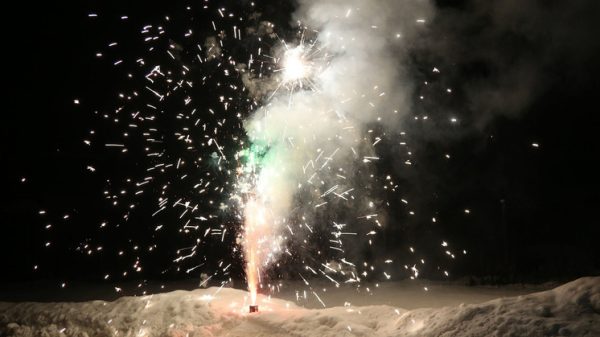





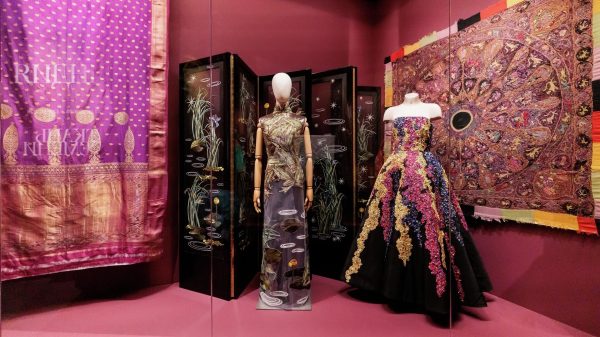



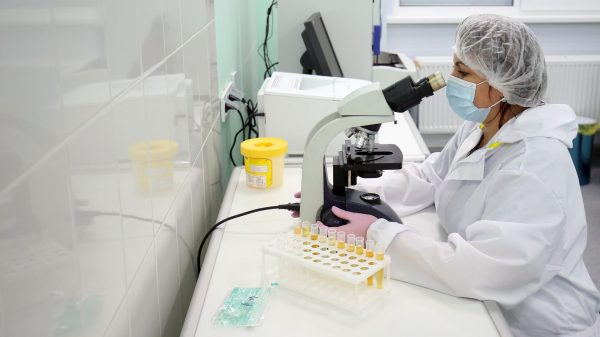
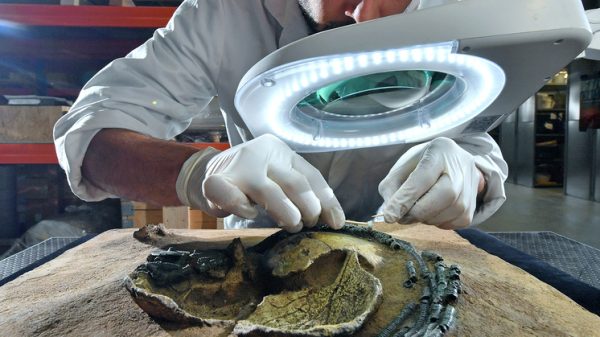














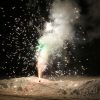




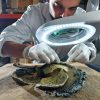
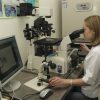












Свежие комментарии